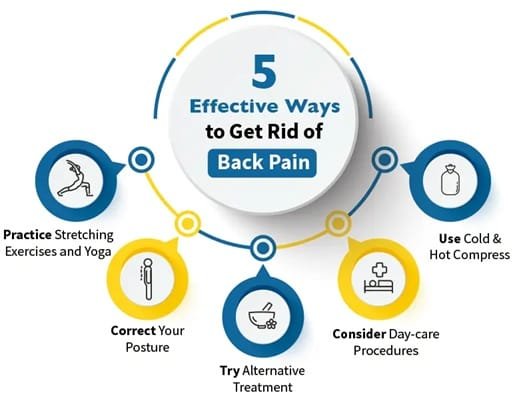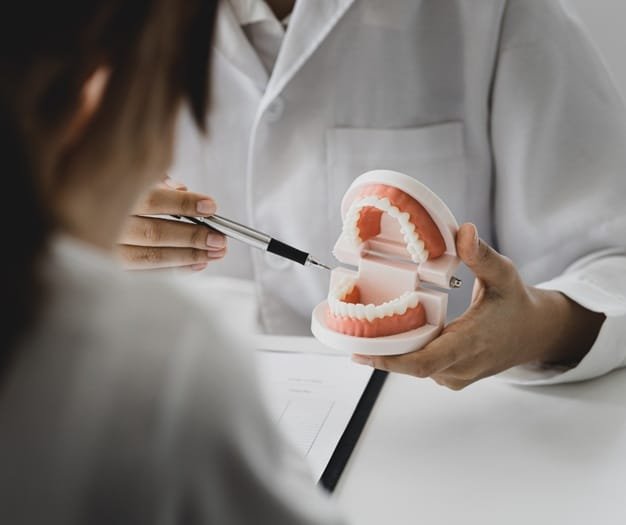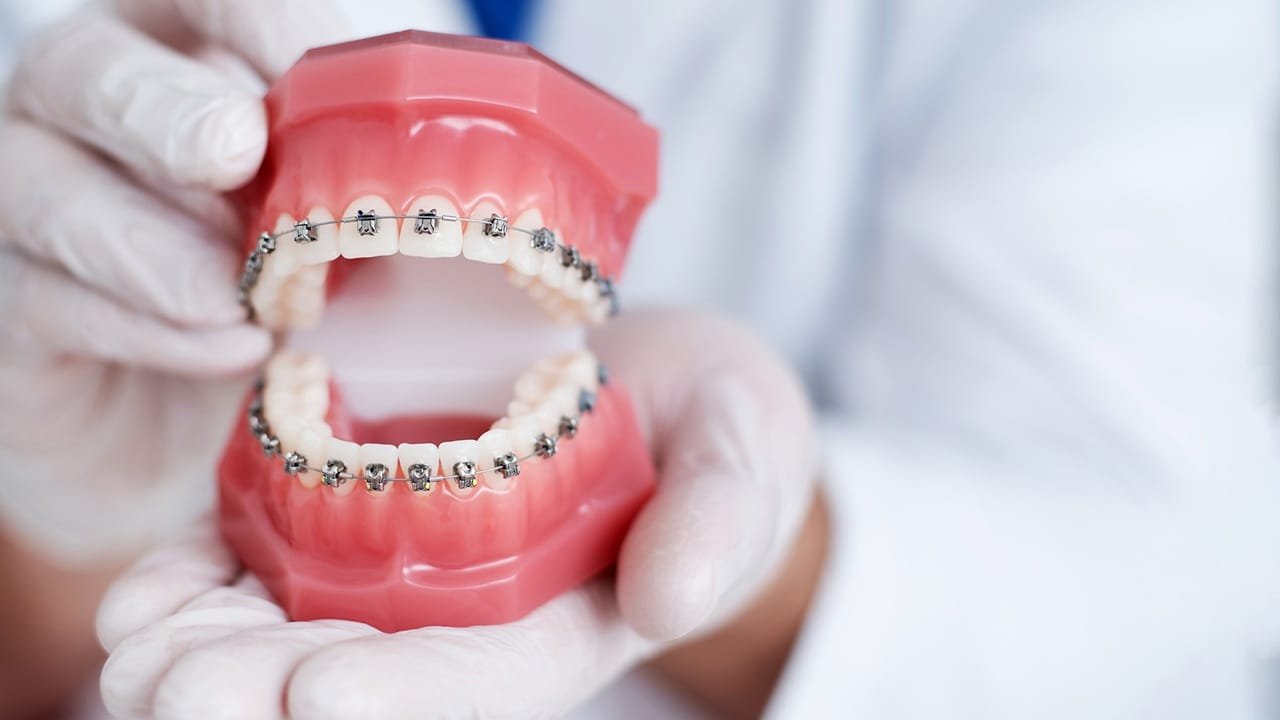Handling discomfort after medical procedures can be daunting and distressing. While you might feel overwhelmed, you can find relief with simple steps at home. This blog provides practical solutions for easing common procedure discomforts. Whether you’re recovering from a minor surgery or managing pain after family dental care in Juno Beach, FL, you will find these tips helpful. The suggestions focus on easy-to-implement strategies to help you feel better quickly. Taking charge of your discomfort is essential, and you can do so without complex techniques or equipment. Understanding how to manage pain and discomfort can boost your confidence during recovery. Here, you will find approachable advice you can rely on when you need it most. Remember, sometimes the simplest remedies offer significant comfort. Read on to discover these five quick fixes and regain a sense of normalcy after your procedure.
1. Ice Packs: Nature’s Numbness
Ice packs provide immediate relief by numbing the pain and reducing swelling. Apply an ice pack wrapped in a cloth to the affected area for 15-20 minutes every hour as needed. This method is effective for dental pain, sprains, and post-surgical discomfort. According to the Centers for Disease Control and Prevention, applying ice helps manage pain and swelling in a non-invasive way.
2. Elevation: Gravity Can Help
Elevating the affected part of your body can significantly reduce swelling and pain. When you keep the injured area above your heart level, gravity assists in reducing inflammation. This method is particularly beneficial after surgeries or injuries involving limbs. The National Institutes of Health recommend this technique for managing discomfort effectively.
3. Over-The-Counter Pain Relievers
Over-the-counter pain relievers like acetaminophen or ibuprofen can ease pain and reduce inflammation. Always follow the dosage instructions on the package. These medications are widely considered safe when used as directed and can bridge the gap between healing and comfort. Ensure you’re not allergic and consult with a healthcare provider if unsure.
4. Hydration: Water’s Healing Power
Staying hydrated aids in the healing process and reduces discomfort. Water helps flush out toxins from your body and supports overall recovery. Drink small sips throughout the day if you’re dealing with nausea post-procedure. Inadequate hydration can worsen feelings of fatigue and discomfort.
5. Restorative Rest
Giving your body time to rest can enhance your recovery significantly. Listen to your body and ensure you are getting adequate sleep. Create a comfortable and quiet environment to promote restful sleep. Lack of rest can delay recovery and increase discomfort levels.
Comparison of Quick Fixes:
| Quick Fix | Effectiveness | Ease of Use |
|---|---|---|
| Ice Packs | High | Simple |
| Elevation | Moderate | Easy |
| Over-The-Counter Pain Relievers | High | Moderate |
| Hydration | Moderate | Simple |
| Restorative Rest | High | Moderate |
Conclusion
Handling discomfort doesn’t have to be a struggle. With these five quick fixes, you have the tools to manage pain and promote healing. Each method offers a practical and effective approach to enhancing comfort. Remember, you are not alone in this journey. Utilize these techniques to tackle discomfort head-on, ensuring a smoother and more comfortable recovery process. By being proactive and attentive, you empower yourself to overcome the challenges of post-procedure recovery. Reach out to medical professionals if discomfort persists or worsens, as they can provide additional guidance suited to your specific needs.



